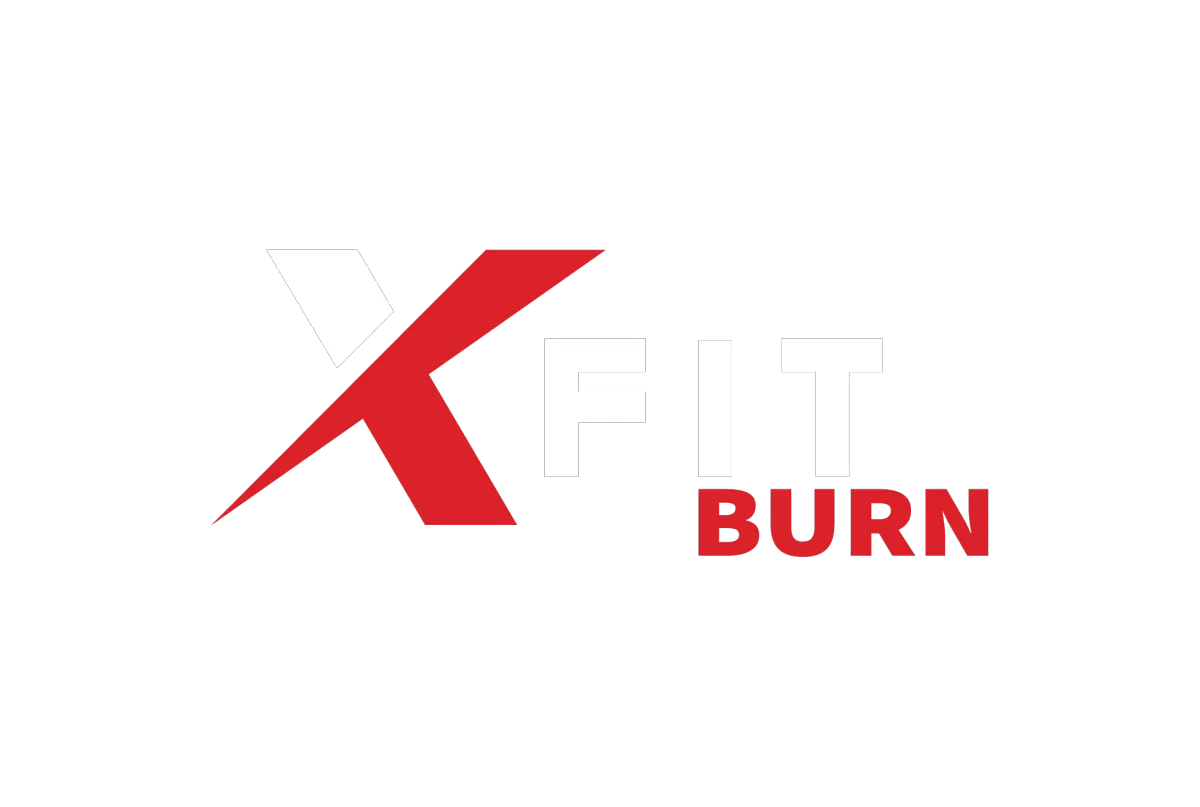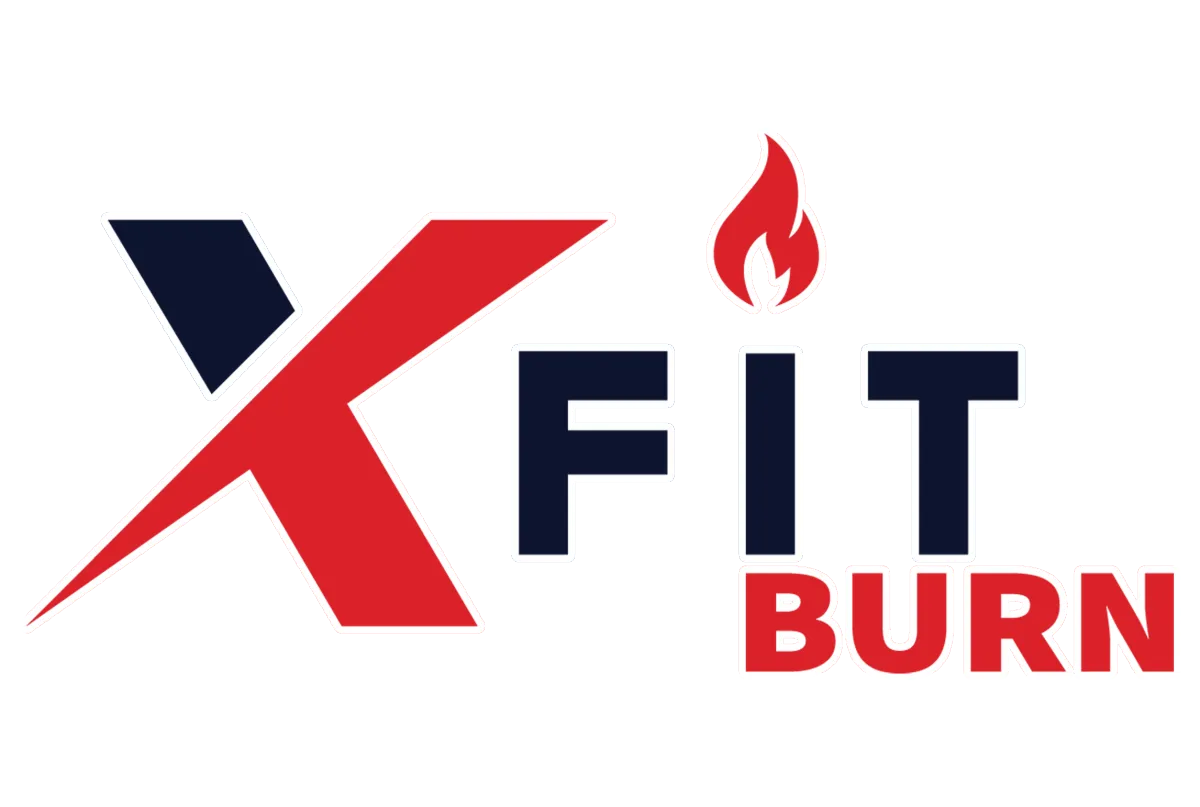
Testosterone, Muscle Growth, and Women: What a New Study Reveals
It’s well-known that testosterone plays a role in muscle building, but its importance in women especially premenopausal women has remained unclear. A recent study finally tackled this gap in research by asking a simple but critical question: Does testosterone really influence strength and muscle growth in women who resistance train?
The answer is nuanced and important for any woman pursuing strength and muscle gains through resistance training.
Study Overview: What Did They Test?
Researchers conducted a 12-week resistance training study in 27 healthy premenopausal women aged 18–40. These women were not currently resistance trained, and none had hormonal conditions, drug interference, or abnormal dietary patterns. Participants were split into gym-only and hybrid (gym + home workout) groups due to COVID-19 restrictions, but training intensity and volume were closely matched.
The study explored:
Total testosterone levels
Bioavailable testosterone (free + albumin-bound)
Androgen receptor (AR) content and activation in muscle
Changes in strength, muscle size, and power
Why Does Testosterone Matter?
Testosterone exists in two forms:
Total testosterone: All testosterone in the body, but most is bound and inactive.
Bioavailable testosterone: The free or loosely bound portion that can actually be used by cells, especially muscle cells.
Only about 3–5% of total testosterone is “free,” and another ~50% is loosely bound to albumin, making them both bioavailable. In women, levels of both are much lower than in men, yet still biologically active.
For muscle tissue to benefit from testosterone, the hormone must bind to androgen receptors (AR). These receptors, located both in the cytosol and cell membrane of muscle cells, trigger pathways (like mTOR) that regulate protein synthesis and gene expression for muscle growth.
What Did They Find?
After 12 weeks of training:
Strength, Size, and Power Improved
Leg press 1RM (strength): ↑ 27.3%
Thigh muscle CSA (size): ↑ 5.9%
Countermovement jump (power): ↑ 13%
These outcomes reflect expected adaptations to structured progressive resistance training.
Total Testosterone Was Not Associated
Total circulating testosterone was not related to muscle mass, strength, or gains either before or after training.
Bioavailable Testosterone Was Associated
Bioavailable testosterone levels were positively related to muscle hypertrophy (growth).
So was androgen receptor content and activation in muscle tissue.
In simple terms: women with more usable testosterone and more responsive muscle cells experienced better gains in muscle size.
What Does This Mean for Women?
More total testosterone doesn’t mean more muscle. What matters is how much of it is available and how well your muscles can respond to it. This explains why some women may build muscle more easily than others, even if their total testosterone levels are similar.
These findings suggest:
The quality of the hormonal environment (i.e., bioavailable T + receptor response) matters more than the quantity.
Training programs that support hormonal balance and muscular adaptation may be more effective than focusing on hormone levels alone.
Practical Implications for Coaches and Clients
Testing total testosterone alone isn’t helpful for predicting muscle growth potential in women.
If hormone levels are a concern (e.g., due to symptoms like fatigue, poor recovery, or low muscle mass despite training), testing bioavailable testosterone or free androgen index may offer better insights.
Focus should remain on quality resistance training, adequate protein intake, and recovery, as these variables directly support the anabolic response.
Androgen receptor activity may be influenced by training volume, intensity, and recovery, highlighting the importance of program design not just hormones.
Final Thoughts
This study reinforces a critical concept: muscle growth in women is complex and not solely driven by testosterone levels. While testosterone plays a role, it’s the bioavailable portion and the sensitivity of the muscle tissue to it that matter most.
For personal trainers and fitness professionals, this is a key message when managing expectations around strength and hypertrophy in female clients. It’s also a strong argument against unnecessary hormonal supplementation or testosterone-focused interventions without thorough evaluation and a medical rationale.
References
Burger HG. Androgen production in women. Fertil Steril. 2002 Apr;77 Suppl 4:S3-5. doi: 10.1016/s0015-0282(02)02985-0. PMID: 12007895. https://pubmed.ncbi.nlm.nih.gov/12007895/
Dunn JF, Nisula BC, Rodbard D. Transport of steroid hormones: binding of 21 endogenous steroids to both testosterone-binding globulin and corticosteroid-binding globulin in human plasma. J Clin Endocrinol Metab. 1981 Jul;53(1):58-68. doi: 10.1210/jcem-53-1-58. PMID: 7195404. https://pubmed.ncbi.nlm.nih.gov/7195404/
Krakowsky Y, Grober ED. Testosterone Deficiency - Establishing A Biochemical Diagnosis. EJIFCC. 2015 Mar 10;26(2):105-13. PMID: 27683486; PMCID: PMC4975356. https://pubmed.ncbi.nlm.nih.gov/27683486/
de Launoit Y, Veilleux R, Dufour M, Simard J, Labrie F. Characteristics of the biphasic action of androgens and of the potent antiproliferative effects of the new pure antiestrogen EM-139 on cell cycle kinetic parameters in LNCaP human prostatic cancer cells. Cancer Res. 1991 Oct 1;51(19):5165-70. PMID: 1913642. https://pubmed.ncbi.nlm.nih.gov/1913642/
Dent JR, Fletcher DK, McGuigan MR. Evidence for a Non-Genomic Action of Testosterone in Skeletal Muscle Which may Improve Athletic Performance: Implications for the Female Athlete. J Sports Sci Med. 2012 Sep 1;11(3):363-70. PMID: 24149341; PMCID: PMC3737931. https://pubmed.ncbi.nlm.nih.gov/24149341/
White JP, Gao S, Puppa MJ, Sato S, Welle SL, Carson JA. Testosterone regulation of Akt/mTORC1/FoxO3a signaling in skeletal muscle. Mol Cell Endocrinol. 2013 Jan 30;365(2):174-86. doi: 10.1016/j.mce.2012.10.019. Epub 2012 Oct 29. PMID: 23116773; PMCID: PMC3529800. https://pubmed.ncbi.nlm.nih.gov/23116773/
Leung JK, Sadar MD. Non-Genomic Actions of the Androgen Receptor in Prostate Cancer. Front Endocrinol (Lausanne). 2017 Jan 17;8:2. doi: 10.3389/fendo.2017.00002. PMID: 28144231; PMCID: PMC5239799. https://pubmed.ncbi.nlm.nih.gov/28144231/
Ye J, Zhai X, Yang J, Zhu Z. Association between Serum Testosterone Levels and Body Composition among Men 20-59 Years of Age. Int J Endocrinol. 2021 Sep 20;2021:7523996. doi: 10.1155/2021/7523996. PMID: 34589126; PMCID: PMC8476276. https://pubmed.ncbi.nlm.nih.gov/34589126/
Hatt AA, Kamal M, Mikhail AI, Fortino SA, Wageh M, Kumbhare D, Parise G. Nuclear-localized androgen receptor content following resistance exercise training is associated with hypertrophy in males but not females. FASEB J. 2024 Jan 31;38(2):e23403. doi: 10.1096/fj.202301291RR. PMID: 38197297. https://pubmed.ncbi.nlm.nih.gov/38197297/
Alexander SE, Abbott G, Aisbett B, Wadley GD, Hnatiuk JA, Lamon S. Total testosterone is not associated with lean mass or handgrip strength in pre-menopausal females. Sci Rep. 2021 May 13;11(1):10226. doi: 10.1038/s41598-021-89232-1. PMID: 33986323; PMCID: PMC8119405. https://pubmed.ncbi.nlm.nih.gov/33986323/
Knowles OE, Aisbett B, Main LC, Drinkwater EJ, Orellana L, Lamon S. Resistance Training and Skeletal Muscle Protein Metabolism in Eumenorrheic Females: Implications for Researchers and Practitioners. Sports Med. 2019 Nov;49(11):1637-1650. doi: 10.1007/s40279-019-01132-7. PMID: 31190324. https://pubmed.ncbi.nlm.nih.gov/31190324/
Colenso-Semple LM, D'Souza AC, Elliott-Sale KJ, Phillips SM. Current evidence shows no influence of women's menstrual cycle phase on acute strength performance or adaptations to resistance exercise training. Front Sports Act Living. 2023 Mar 23;5:1054542. doi: 10.3389/fspor.2023.1054542. PMID: 37033884; PMCID: PMC10076834. https://pubmed.ncbi.nlm.nih.gov/37033884/
Morton RW, Sato K, Gallaugher MPB, Oikawa SY, McNicholas PD, Fujita S, Phillips SM. Muscle Androgen Receptor Content but Not Systemic Hormones Is Associated With Resistance Training-Induced Skeletal Muscle Hypertrophy in Healthy, Young Men. Front Physiol. 2018 Oct 9;9:1373. doi: 10.3389/fphys.2018.01373. PMID: 30356739; PMCID: PMC6189473. https://pubmed.ncbi.nlm.nih.gov/30356739/



